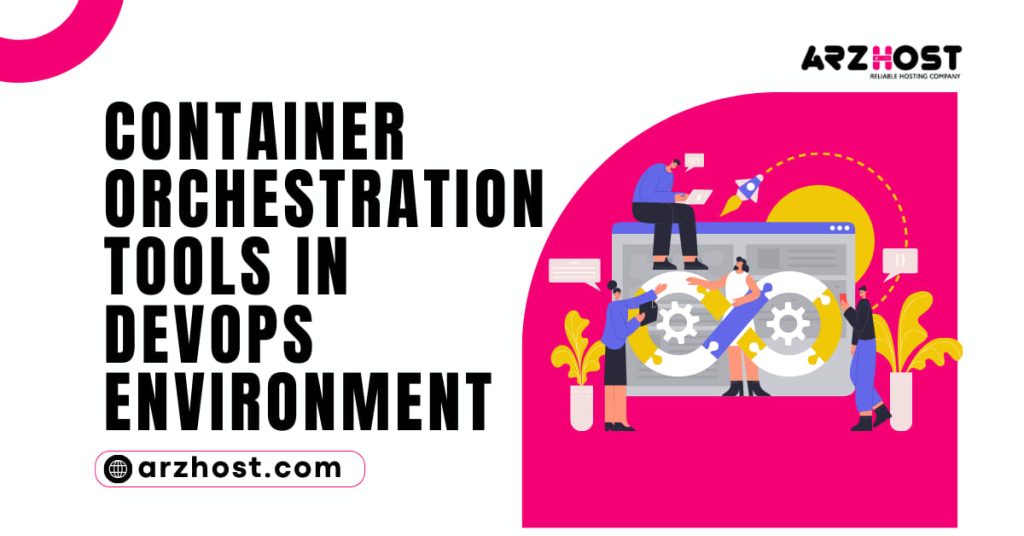We will learn how to Restart Web Server Centos Apache server on the CentOS 7 Linux operating system in this article.
On CentOS 7 Linux, restarting Apache HTTPs Server only requires two commands. Systemctl and Apachectl are the two commands in question. To restart Apache on CentOS 7, you can use either of the two commands.
Using the systemctl command, restart the Apache server
Restart Web Server Centos, In CentOS 7, the systemctl command is used to start, stop, and restart services. Apache HTTPd server type restart.
restart httpd using systemctl
Instead of restarting the entire httpd process, we can only reload the httpd.conf file using the reload option.
httpd systemctl reload
The reload option allows you to reload the httpd.conf file after making changes to your CentOS Apache configuration file without terminating any open HTTP connections.
HTTPD Server Restart Using Apachectl Command
The Apache HTTPD Server on Linux is managed through the front-end program apachectl. execute to restart Apache on CentOS 7.
restarting Apache
Similar to the systemctl command, apachectl has a command option called graceful that, Restart Web Server Centos, on CentOS 7, reloads the httpd. conf file rather than restarting the HTTPD service.
apachectl elegant
The service command can be used to restart the Apache HTTPD server if you are running CentOS 6.5 or an earlier version.
reload service httpd
In CentOS 7, the service command is still available for use. However, it will redirect to the systemctl command.
How We Restart Web Server Centos?
The well-known LAMP (Linux, Apache, MySQL, PHP) software stack includes Apache. The majority of the internet runs smoothly thanks to it.
This article will demonstrate how to restart the Apache service on CentOS 7 Linux.
Method 1: Use the systemctl command to restart the Apache server
Launch a terminal window and type the following commands:
restart httpd. service with sudo
You should restart the service.
Depending on how extensive your server’s configuration is, running the restart command may take a while.
Users who depend on the server may experience conflicts if it is configured in a large or sophisticated way.
Method 2: Restarting HTTPD Server Using the command script Apachectl
Apache advises passing commands to the httpd process via a control script.
Enter the next to restart Apache in this manner:
apachectl sudo -k restart
Run the command below to tell the Apache service to shut down both itself and all of its offspring:
stop apachectl -k
To terminate child processes once they complete a task and then start fresh instances, use the command listed below. Additionally, the service will reload configuration files:
apachectl -k gentle
To force child processes to shut down, use -k restart. The parent process continues to execute while loading new configuration files:
restart using apachectl –k
To make the parent process end the child processes when they finish their work, use the -k graceful-stop option. The parent process terminates when all child processes have been stopped.
graceful-stop apachectl -k
Restart Web Server Centos Apache manual for more details on the apachectl command.
Additional Commands for Systemctl
Beginning the Apache service
systemctl start httpd. service with sudo
Put an end to the Apache service by:
systemctl stop httpd. service in sudo
To make Apache update its configuration files:
systemctl reload httpd. service with sudo
Configure Apache to start up with the system:
service enabled with sudo systemctl
Stop Apache from starting up when the system first boots:
disable httpd. service with sudo
Compared to Restart Web Server Centos, the reload command is quicker and far less disruptive. The configuration files are only softly refreshed, though, by doing this. It’s possible that the refresh will exclude some dependencies and services.
A wise strategy is to balance each process’s advantages and disadvantages. Try refreshing first if multiple clients are relying on access to your server. If that fails or if the disturbance is severely minimal, use restart.
Best Practices for Apache
Apache’s functionality can be changed using configuration files and modules, just like many other Linux services. It is recommended to keep all configuration files in the /etc/httpd/ directory.
Look for the /httpd.conf file, which serves as the primary configuration document for Apache’s global settings, in that directory. To modify the configuration of Apache, edit this file using any text editor.
Modules can increase Apache’s functionality. An application that collaborates with the primary Apache application is known as a module. You can limit the amount of bandwidth available for each connection, for instance, using the mod bandwidth module.
The /etc/httpd/mods-available directory contains a list of the currently accessible modules.
To manage modules, use the following commands:
Activate a module
sudo a2enconf mod-name
Taking away a module
a2disconf mod name with sudo
Making changes to the /etc/apache2/ports.conf file will allow you to set Apache up to listen on particular ports. During use, Apache generates log files. Any errors, configuration mistakes, or other problems are recorded in the error log. The error log can help you identify configuration problems.
Every client that connects to your Apache server is recorded in the access log. This can be used to see how your website is being utilized or how users are interacting with it.
As they store so much information, Apache’s access and error log files can get rather big. The majority of users will display a section of the log file using a tool like tail or cat.
The log files will take up additional disc space while Apache operates. Apache advises utilizing the aforementioned gentle restart option and rotating log files to keep them manageable.
Restart Web Server Centos, Apache can control several websites, often known as virtual hosts. The directory /var/www/ houses content.
Enabled sites are kept in /etc/httpd/sites-enabled, whereas available sites are kept in /etc/httpd/sites-available.
Conclusion
Restart Web Server Centos Apache service is quite a simple start, stop, and restart. Additional commands can be used to modify your setup.
For instance, instead of performing a complete restart. You can decide to reload Apache. Or, if you want additional control over your server, you can use the apachectl command.
Read More Articles
- list of container orchestrators
- software to run and orchestrate containers
- docker update container to the latest













